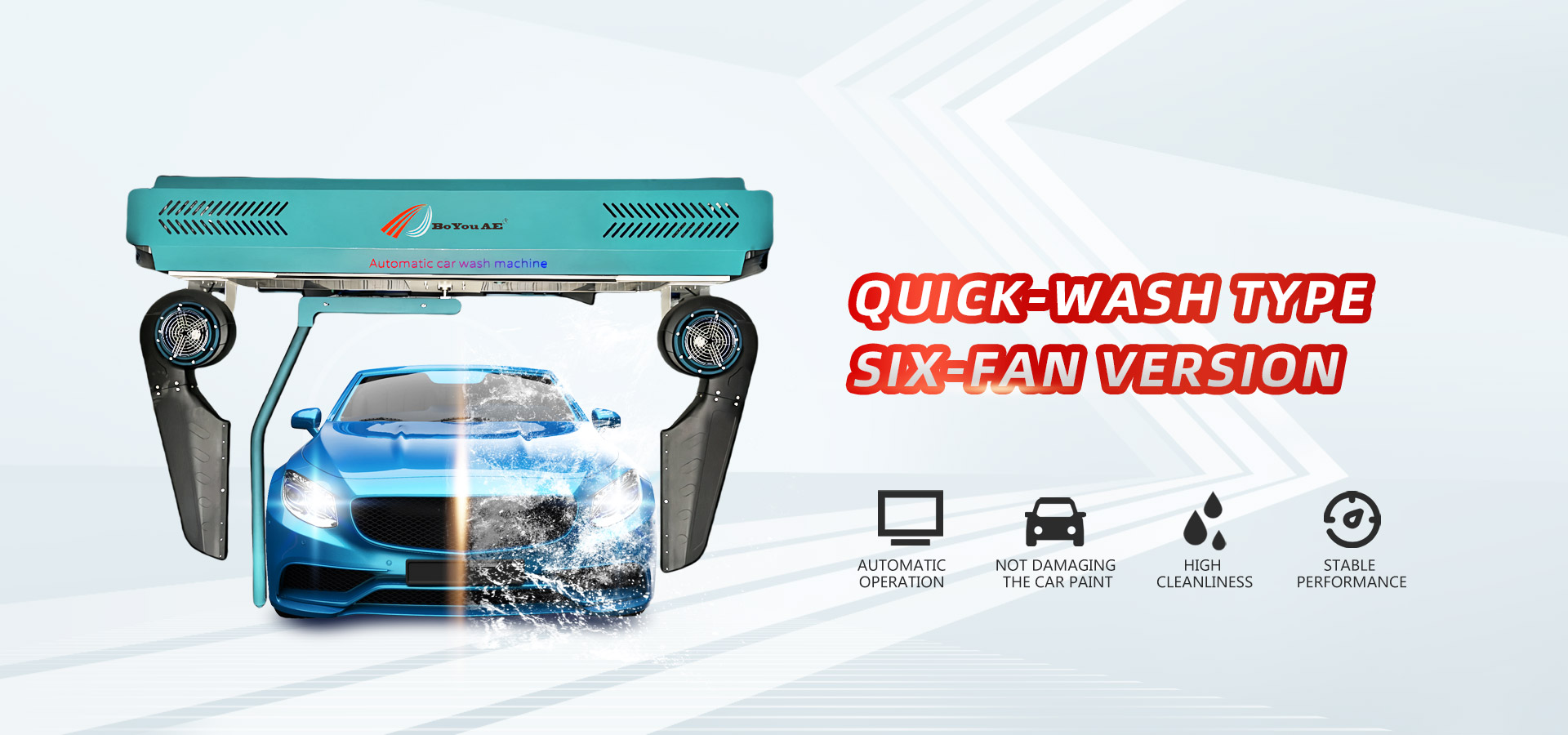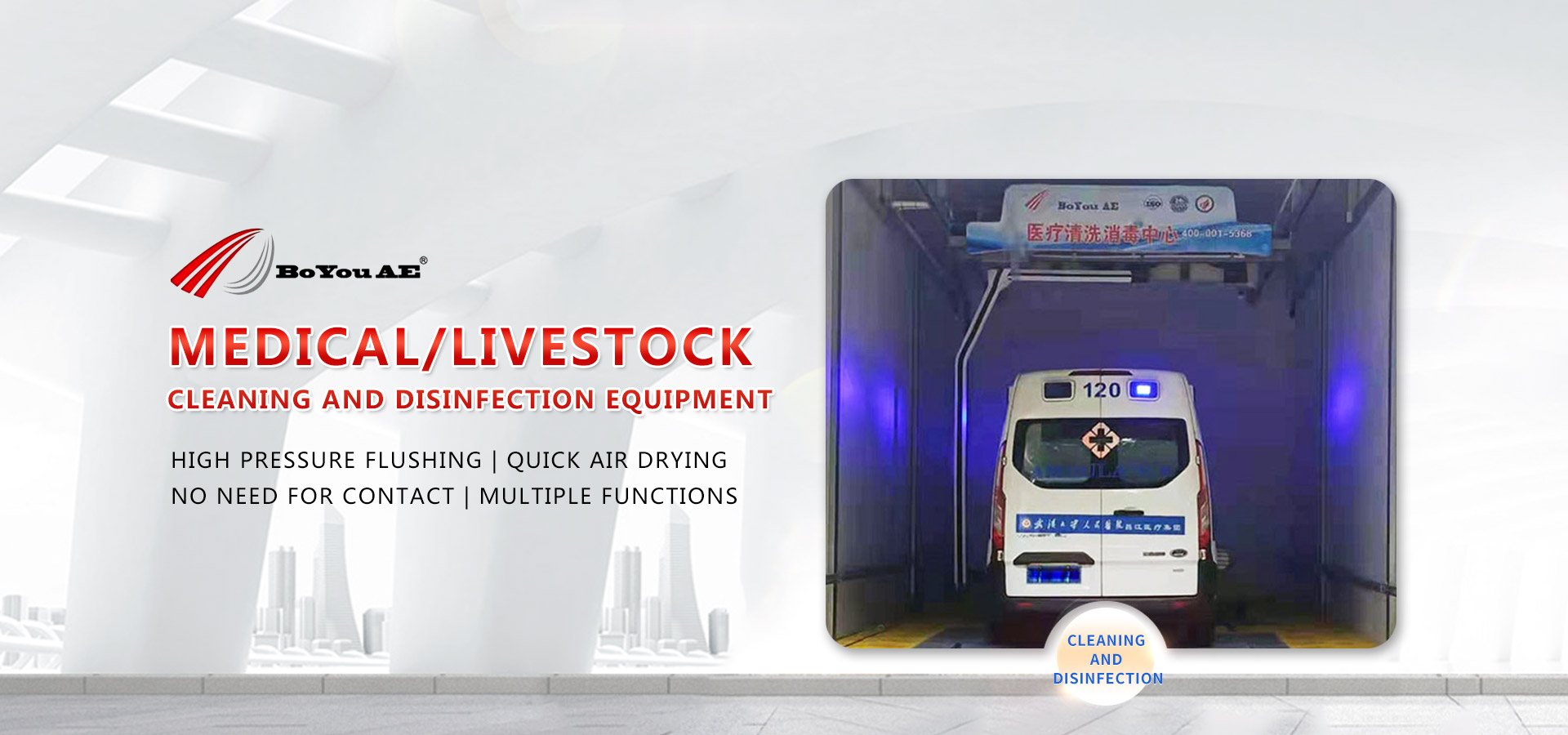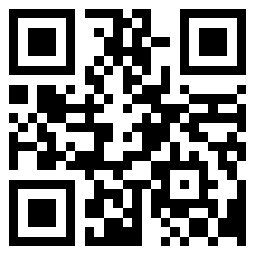At the beginning of 2020, COVID-19 was rampant. During the national rescue of COVID-19 patients, ambulances were mostly used for transportation. As an important means of transportation for transporting COVID-19 patients, ambulances belonged to airtight carriages with poor ventilation. Therefore, if the patients were not disinfected and ventilated in time after transportation, cross infection between patients and doctors and nurses would easily occur. During the COVID-19 epidemic, the disinfection of ambulances should not be sloppy. Today, Xiaofen from France will introduce to you how regular ambulance disinfection is carried out.
1、 Air inside the car
6% hydrogen peroxide solution (5mL/m3) aerosol spray disinfection can be configured with France Dove's hydrogen peroxide atomization disinfection machine for space disinfection. After 30 min, open the window or air conditioner for ventilation. One disinfection process only takes one hour, which is the fastest and best disinfection method in the existing disinfection methods. Moreover, because the equipment and supplies of ambulances are mostly metal and plastic, the disinfectant used by Dove's disinfection machine has a compatibility report issued for four categories of metal, glass, paint, and insulation materials. The specific use method should follow the manufacturer's instructions.
2、 Object surface
1. The filter or filter material of the negative pressure ambulance filtration and sterilization system should be promptly cleaned and disinfected by professional cleaning and maintenance personnel, and regularly inspected and replaced; Cleaning and disinfection can be carried out by soaking or directly spraying a chlorine containing disinfectant solution with an effective chlorine concentration of 2000mg/L until completely soaked, leaving it for 60 minutes, and then cleaning; The replaced waste filters or filter materials should be directly sealed for incineration treatment, and personnel performing cleaning and disinfection should take personal protective measures.
2. Rinse the exterior of the ambulance with clean water and wipe it dry with a cloth. If there is no contamination in the cab, use 75% alcohol or an equivalent disinfectant wipe to wipe and disinfect. If contamination is suspected, refer to the surface disinfection methods above.
3. Use a 1000mg/L chlorine disinfectant wet cloth, mop, or equivalent disinfectant wipes to scrub stretchers, handrails, ambulance floors, etc. If contaminated by blood, body fluids, excreta, etc., the dirt should be removed before disinfection. After 30 minutes of use, open the window for ventilation and clean and disinfect the surface again with clean water.
4. It is recommended to use disposable tourniquets and oxygen humidification bottles. Use 75% alcohol or equivalent disinfectant wipes to wipe and disinfect stethoscopes, blood pressure monitors, cuffs, defibrillators electrode plates, first aid kits, defibrillators, electrocardiogram monitors, and door handles.
3、 Precautions
1. When transporting patients contaminated with blood, secretions, and excrement, an additional layer of disposable bed sheets should be placed on the stretcher.
2. Ambulances should be equipped with rapid hand disinfectants. During rescue treatment and other invasive operations, hand disinfection should be carried out first, and strict adherence to operating procedures should be followed.
3. The pollutants generated on the ambulance shall be handled in accordance with the Regulations on the Management of Medical Waste.
4. After using hydrogen peroxide atomization or vaporization and other disinfection equipment for space spray disinfection, there is no need to wipe and disinfect the object surface.







 扫一扫,查看手机站
扫一扫,查看手机站 